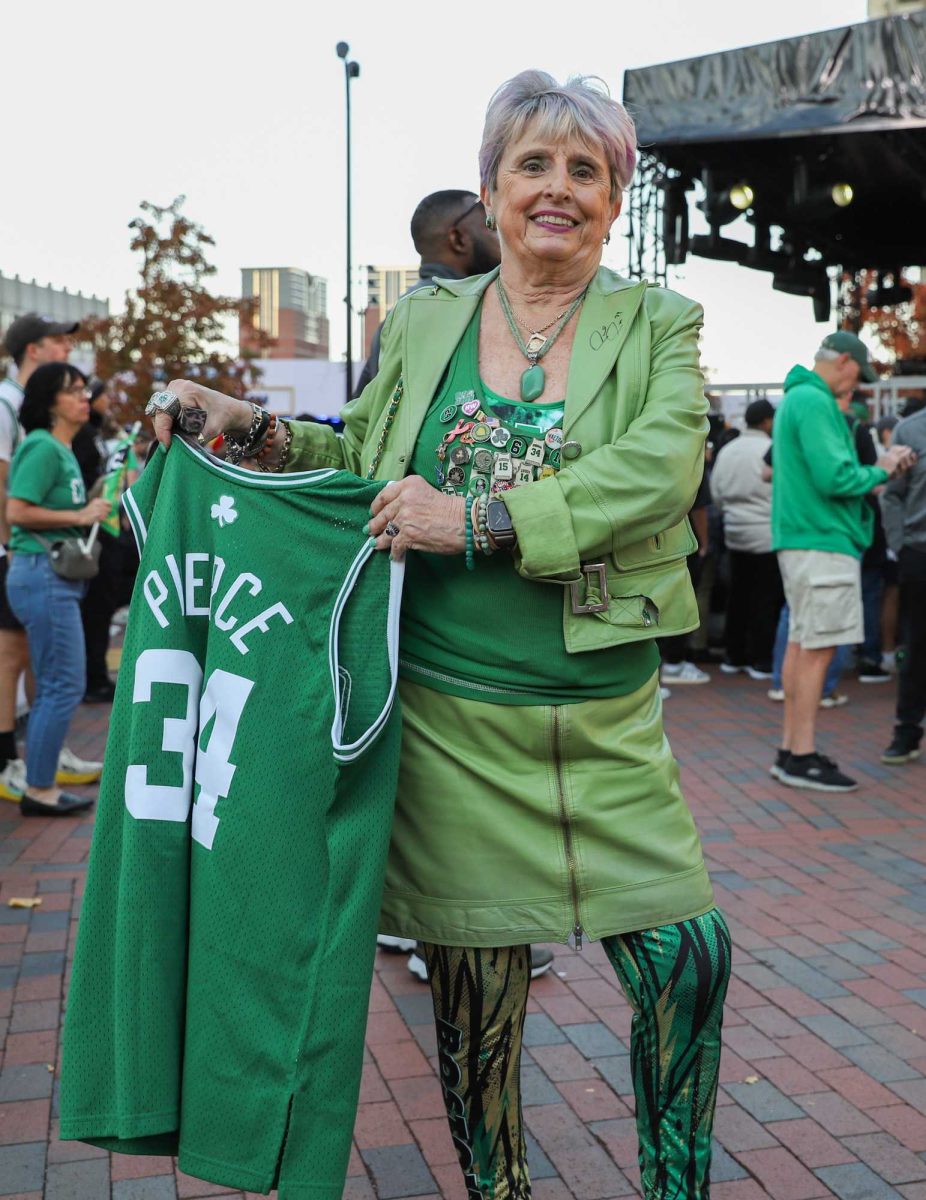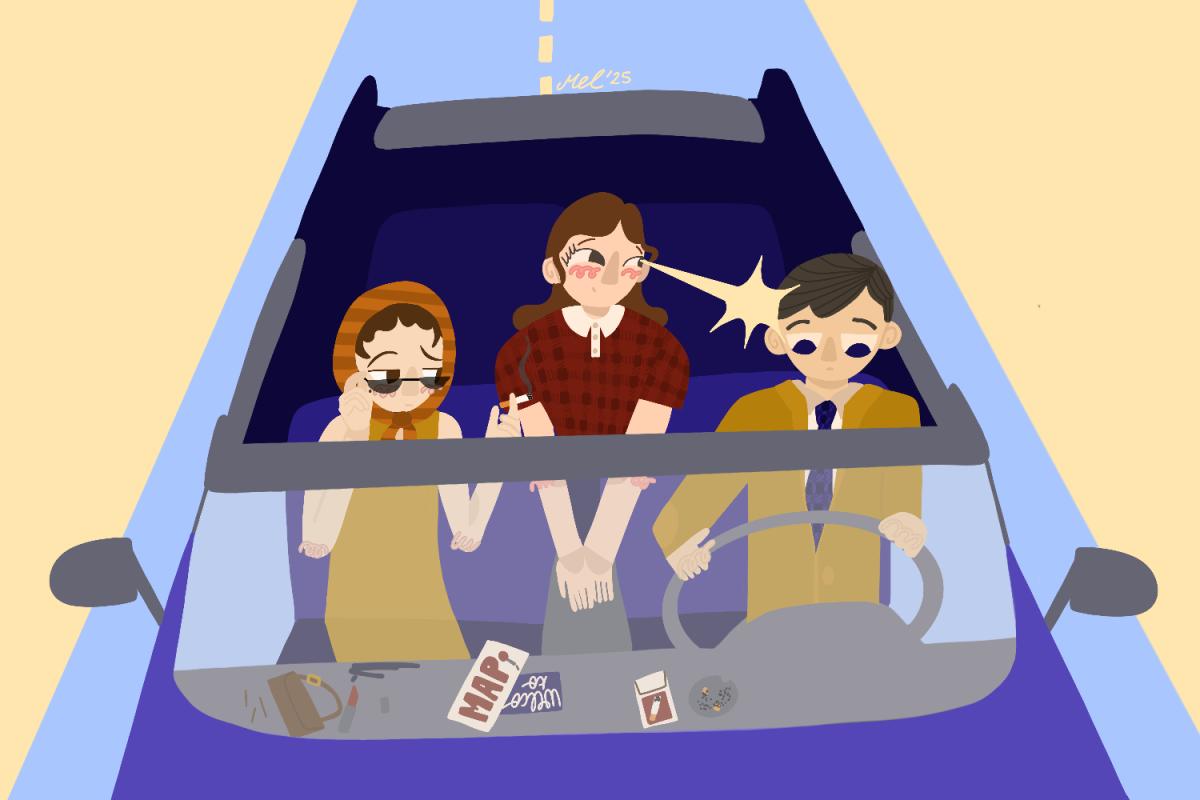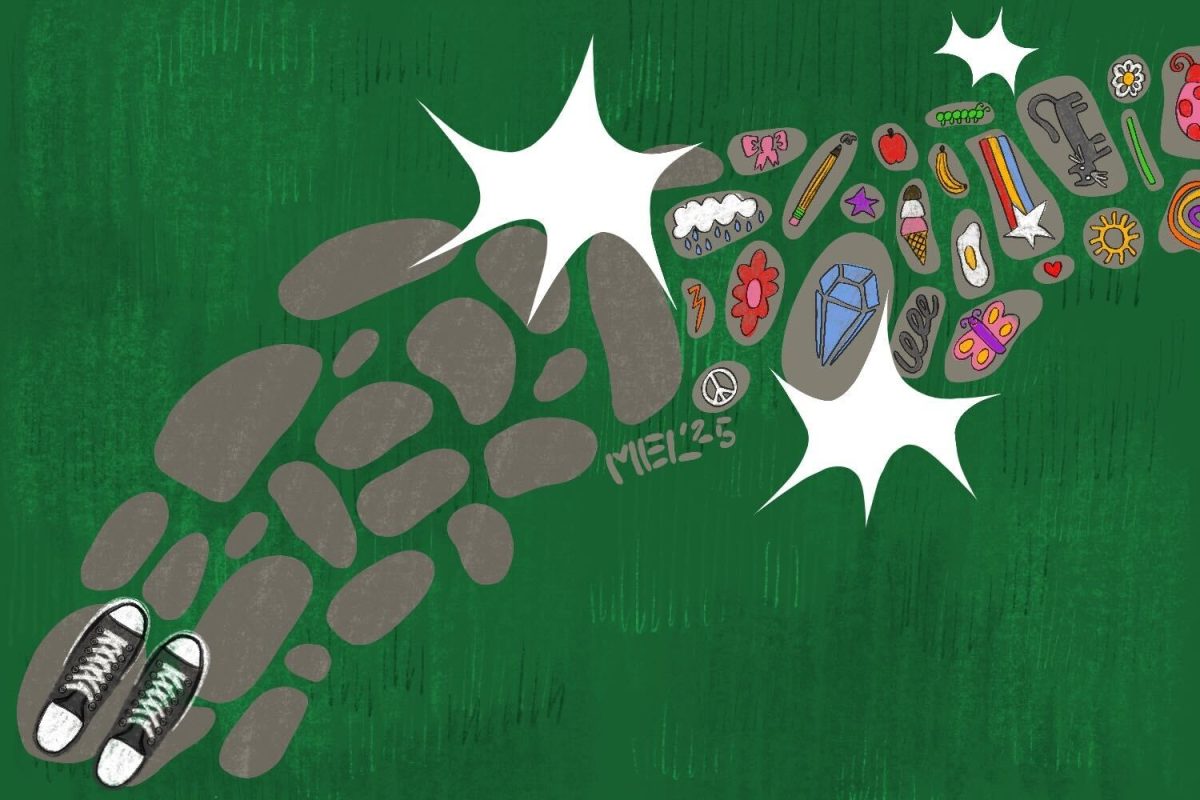Brick by brick, LEGO has built the company a set of stairs to the top of the toy industry. LEGO has been listed as the most popular toy ever made, one of the most influential toys of all time and the world’s top toymaker. With seven LEGOLAND parks worldwide, two movies (one with an Academy Award nomination), there is no doubt that LEGO has left its mark on children and families across the globe.
LEGO Ideas is an initiative that allows consumers to pitch their own set for LEGO’s next project. For the pitch to become an actual product, the idea must gather 10,000 supporters and pass review by the LEGO Review Board. Current ideas on the website include a “Hamilton” set, a Ferrari store and a Japanese castle. 10,000 votes seems impossible to reach, yet one science editor and writer at the Massachusetts Institute of Technology News Office was able to attain that number. On Tuesday, LEGO announced that “Women of NASA” will officially be created and distributed as a LEGO set, according to an article from The Washington Post.
The complete set will feature women who have made crucial accomplishments to the space program and STEM fields, though the completed designs and availability information are not yet final. Some of the women included will be Sally Ride, the first American woman to go to space, and Katherine Johnson, a scientist featured in “Hidden Figures” whose computer programming was integral to NASA.
LEGO Friends, the company’s first attempt to directly appeal to the female population, was not hugely successful. The toys deviated from LEGO’s original product and created a distinct separation between LEGOs for boys and LEGOs for girls, which set the toy company in the entirely wrong direction. “Women of NASA,” however, is a step forward because this set of female LEGO characters is their normal product. It’s nice for girls to now have this option, though this set is important more so due to the ideals that it creates for young children.
A toy that celebrates the history of women in science is extremely important. Not only does this new LEGO set give recognition to women who deserve it for their noteworthy accomplishments and contributions to the space program, but this ensures that children know that women can and should become involved in STEM fields. Currently, women make up 29 percent of the science and engineering workforce. Encouraging participation in these fields is extremely important, especially at a young age. This is an effective learning tool for children because it shows history, specifically the history of women, to a predominantly male market. It’s clear that the point of this set is to inspire women to “go to space,” but the whole point of giving dolls a career is to show the possibilities of what women can be and do. This toy also tells children that sending women to space has already happened and can happen again. It is also important to note that these are real women, rather than just a generic female face in a spacesuit. A true identity makes the toys more natural and gives young children actual female role models with names and historical context.
Toy companies need to understand that children are influenced very easily. Everything they touch and every word they hear, has an impact on their development. We don’t pay enough attention to how influential the smallest things are in a child’s life. If the current cultural atmosphere tells us anything, it’s that adults aren’t adapting fast enough for their children. Adults who are slow to jump on the progressive bandwagon are leaving their children behind.
When we know better, we do better. If children grow up with the names of these women in their heads, even through a LEGO set, there won’t be a constant stream of “men did this, men did that.” Instead, the accomplishments of what men and women have done will be represented equally.
Targeting consumers is a subtle way to start to make these changes and strides for gender equality. It’s important that especially LEGO is doing this because not only are they a leader in the industry, but their company is male-centric. Toys have always been gendered by color, style or topic. Where will LEGO “Women of NASA” land on that spectrum? It’s safe to say that this will cross borders. Consumers generally react poorly when messages are being forced upon them, but because this toy’s impacts aren’t seen directly on children but rather on how they develop, this message is subtler and thereby more effective.
In the moment, “Women of NASA” seems like a step forward for ending the separation of toys by gender and encouraging girls to like science and math. For the future, LEGO’s success could encourage an entire industry to end the stereotypes associated with male and female careers. There’s a lot more to be done on this front, and it certainly won’t be solely accomplished by the toy industry. But if LEGO’s progress means anything for the future, it’s that we’re on the right track.




















































































































